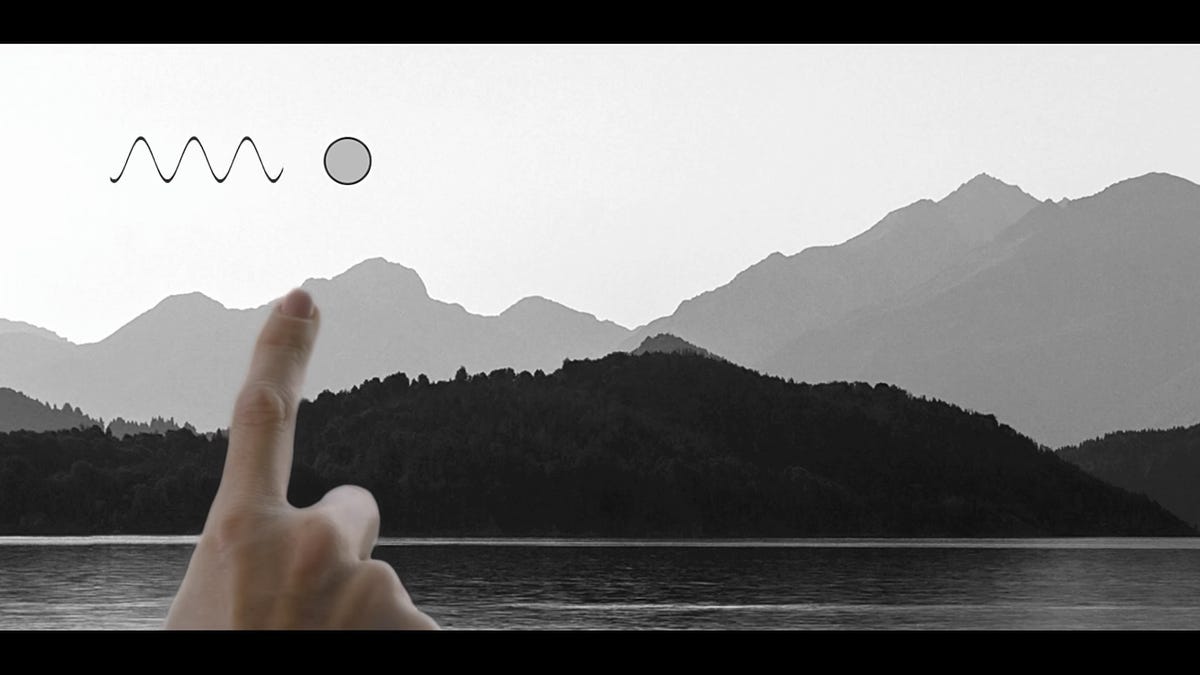Watch how Ford's Feel The View tech helps the blind see in cars
A clever Braille-like device for car windows could help the visually impaired see the world, especially in a future of autonomous cars.

Ford has developed a bit of clever cabin technology in the last place you might think would benefit from it -- the windows. The tech, called "Feel The View," uses vibrations in a vehicle's side glass to give the visually impaired a 'view' of what's outside.
Designed in Italy by Ford in collaboration with Aedo (a startup that develops products for the visually impaired), and agency GTB Roma, this novel device uses a built-in external-facing camera which converts the image of the view into a grayscale image. Those various shades of gray are then translated into vibrations of varying intensity that can be felt by a person's finger on the window itself, affording an almost Braille-like view of the surrounding topography. The system generates up to 255 different levels of vibration through the window.
You can see how it works in the video below:
In addition to the haptic feedback, Feel The View integrates a vocal assistant plumbed into the vehicle's audio system using a connected AI system to help contextualize the image for blind or partially sighted passengers, letting them know that they're looking at a mountain range, skyscrapers, and so on.
For now, the system is just a prototype, but the possible future applications for the technology -- especially in a future age of autonomous vehicles -- seems boundless. Automakers know they will have to work earnestly to enfranchise the visually impaired when it comes automated mobility, and something like Feel The View could help the blind gain increased spacial awareness regarding their destinations.

